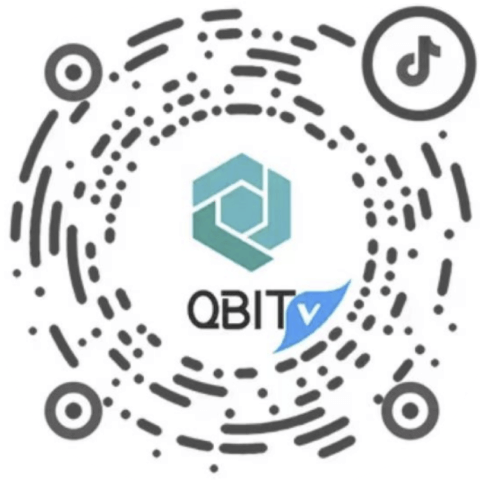Embedded Finance Is Redefining the Competitive Edge in Financial Services
发布时间:2025-07-10
The boundaries of who can offer financial services are dissolving. From eCommerce platforms to SaaS tools and logistics providers, more non-financial businesses are embedding payments, credit, and card services directly into their products, reshaping user experience and threatening the primacy of traditional financial institutions.
What once required a banking license, legacy core systems, and regulatory infrastructure can now be launched with a few lines of code.
This isn't just fintech maturity. This is structural disruption.
Why Embedded Finance Is Gaining Ground
Embedded finance allows businesses to integrate financial capabilities, like payments, lending, or card issuance, natively within their customers' journeys. For users, it means seamless transactions. For businesses, it's a new lever of monetization, retention, and brand control.
Traditional financial institutions are beginning to feel the pressure. According to the Embedded Finance Market – Forecasts from 2025 to 2030 report, the embedded finance market is expected to grow at a compound annual growth rate (CAGR) of 36.41% from US$146.171 billion in 2025 to US$690.386 billion in 2030. That shift is not driven by banks, but by platforms that own the customer relationship.
The growth of ride-hailing apps with driver wallets, marketplaces offering seller advance payouts, and SaaS platforms issuing cards to manage spend are the factors that should be considered.
The model is no longer bank-first. It's experience first, with financial infrastructure in the background.
Legacy Institutions Can't Move Fast Enough
Despite decades of dominance, most banks continue to be hindered by legacy technology, compliance-heavy workflows, and channel-focused thinking. Embedded finance, by contrast, thrives on API-native infrastructure, real-time integration, and composable architecture.
Banks may still own the rails, but they don't own the interfaces anymore. That power is shifting to the platforms and developers who can deliver value at the point of need.
This change has exposed a serious strategic gap: financial institutions can't match the pace of modern product development. Meanwhile, companies that previously had nothing to do with finance are issuing cards, onboarding users, and handling payments without touching a core banking system.
The CaaS Model: Infrastructure Without the Overhead
At the center of this shift is Card-as-a-Service (CaaS)--a framework that enables any company to launch and manage branded card programs without building full-stack financial infrastructure.
CaaS platforms abstract away the operational burdens of licensing and regulatory compliance, card issuing partnerships, transaction monitoring and fraud detection, and settlement, reconciliation, and reporting.
Instead, they provide plug-and-play APIs that allow businesses to create highly customized financial products at speed.
For financial institutions, this presents both a threat and an opportunity: either partner with CaaS providers to modernize, or risk losing market share to faster-moving, embedded-first platforms.
Where Qbit Fits In: Enabling Embedded Finance at Scale
Qbit is a next-generation fintech purpose-built for companies that want to integrate financial products without building a bank. Through its developer-centric tools and multi-jurisdictional compliance stack, Qbit empowers businesses to:
-
Launch virtual or physical cards in their brand
-
Automate spend controls, usage policies, and real-time transaction rules
-
Onboard users with integrated KYC/AML flows
-
Operate on PCI DSS Level 1 certified infrastructure with MSB, MSO, and TCSP licensing coverage
Qbit's architecture makes it possible to embed financial capabilities into a product in days, not months. It serves clients across industries, from fintech startups building their first card program to global platforms optimizing gig worker payouts or launching loyalty cards.
The Future Isn't Banked—It's Embedded
Embedded finance is not only changing who offers financial services, but also changing what financial services are. In this model, cards, payments, and accounts are no longer standalone products. They are building blocks—flexible, programmable, and invisible to the end user.
The institutions that succeed will not be those with the biggest balance sheets, but those with the most seamless infrastructure, delivered at the speed of software.
Qbit is helping to lead that transformation, one API at a time.


